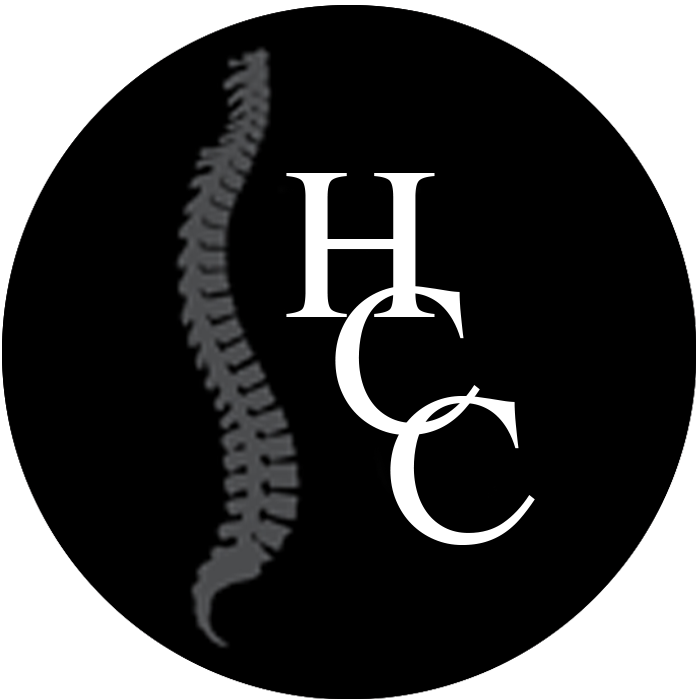When sitting, choose a chair that has adequate firmness to hold your weight comfortably, and then sit straight. Avoid too soft, overstuffed chairs.
Avoid extreme bending of your spine in any direction; avoid stretching, reaching or other overhead work. Avoid sudden twists or turns of movement beyond normal limits of motion, especially of the neck.
When lifting, keep your back straight; bend your knees and let your legs bear the strain. Hold the object lifted as close to your body as possible.
Cross your legs only at the ankles, not the knees. Crossing your legs at the knees could aggravate an existing back condition as well as interfere with the circulation of the lower limbs.
Sleep on a firm mattress, preferably one which is neither too hard nor too soft, but just firm enough to hold your body level while at the same time soft enough so that your shoulders and hips depress into the mattress.
Your pillow should be neither too high nor too low. The ideal pillow is one which supports your head so that your neck vertebrae will be level with the rest of your spine.
Rise from your bed by turning on your side and swinging your legs off the bed, then push yourself into a sitting position with your arms, this minimizes the amount of strain on your back.











